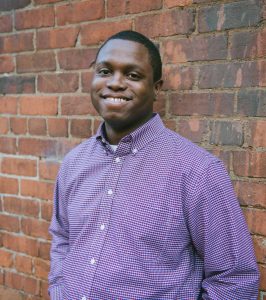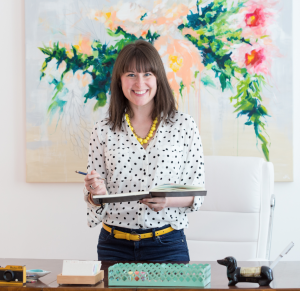Author Allison Leotta made an incredible career transition. After spending 12 years as a federal prosecutor who specialized in sex crimes, domestic violence, crimes against children, she became an full-time novelist. She now has five books published, one being prepared for publication, and another being written.
You can listen the interview on iTunes or via this video:
In our conversation we dig into her incredible career path and cover a lot along the way! Some highlights:
How She Got Her Literary Agent
So many authors hide their writing from their friends and family. But Allison shows how your existing network is one of the most powerful assets you have. She found her literary agent by reaching out to a former college classmate. That classmate introduced Allison to her agent, who signed her. Allison says that the writing community is incredibly generous, kind, and welcoming.
Why Writing a Novel is Harder Than Law School
She said this of writing her first book “Writing the novel was the hardest thing I’ve ever done in terms of self-discipline. I went to law school, I’ve climbed mountains, I’ve run marathons, but the discipline that it took to keep going [on writing the novel] for two years, is the biggest accomplishment. Because there is just such a temptation to sleeping in.” She gave up working out and TV for two years for those 2 years while she wrote the first book.
What She Has Learned About the Writing Process
During the writing process for each book, Allison says there is a point where she hits a wall and feels that she can’t go on with it. But now she knows that is a part of the process — a phase you work through. That never goes away no matter how many books you write, you simply learn to work through it.
How being a prosecutor prepared her for being a storyteller:
“I’ve always loved a good story, and I think there are few jobs that can compete with the amount of fascinating stories you can bring home as a prosecutor. You just see everything.”
How She Got Started Writing
“Being a prosecutor,] he things you see are so painful and upsetting, that it really does change your view of the world a little bit. At the same time, there are some real heroes. It was also really inspiring.”
She said she started writing her first novel because it was cheaper than therapy. Real life is more complicated, but in a novel she can tie things up in a nice little bow, solving every mystery.
She says, “It was almost a physical need to sit down and write.” This is how she got started: “I went up to a little cottage in upstate NY. I had a week, and I was going to write my novel in that week. Not a single word typed that week made it to the novel, but I established momentum. Two years later I had a novel.”
A Career Shift Requires Difficult Choices
Allison shared the story of the exact moment when she decided to make a big shift in her career from being a prosecutor to being a writer. The moment she said, “Some choices have to be made here.”
You can find Allison in the following places:
- Her books on Amazon
- allisonleotta.com
- Twitter.com: @AllisonLeotta
Podcast: Play in new window | Download
Subscribe: RSS

 How can one man write 10 books per year, while working a full-time job, going to law school in the evenings, and raising a young family? Today we find out. I am so excited to share my interview with author Michael La Ronn. He has published more than 40 books in the past six years: science fiction, fantasy, and nonfiction books on writing.
How can one man write 10 books per year, while working a full-time job, going to law school in the evenings, and raising a young family? Today we find out. I am so excited to share my interview with author Michael La Ronn. He has published more than 40 books in the past six years: science fiction, fantasy, and nonfiction books on writing. The other day I was looking at Instagram, and I saw a series of videos from an artist I follow, Megan Carty. She was in her studio, working on a series of paintings for a gallery show she is preparing for. She looked directly in the camera and said this:
The other day I was looking at Instagram, and I saw a series of videos from an artist I follow, Megan Carty. She was in her studio, working on a series of paintings for a gallery show she is preparing for. She looked directly in the camera and said this: